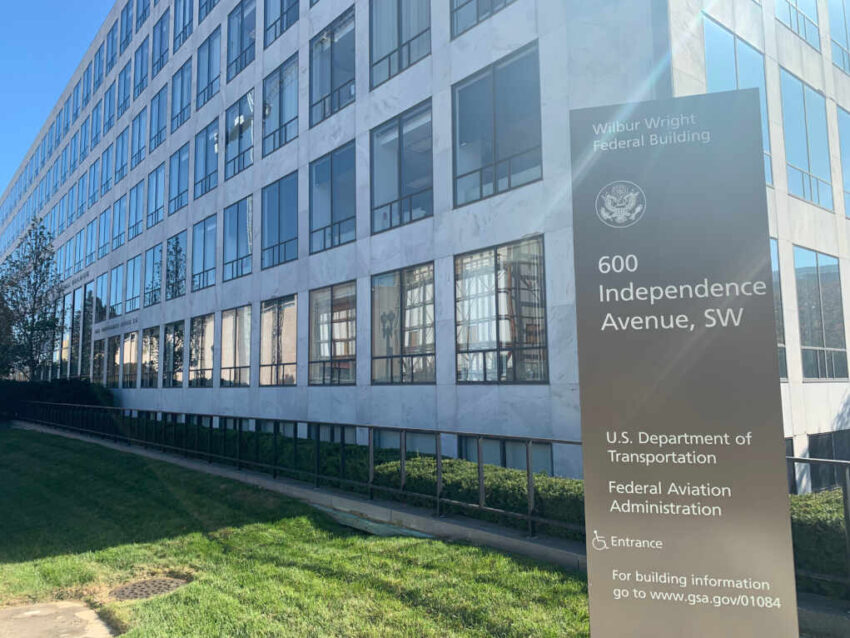The Biden administration’s reduction in FAA testing thresholds for air traffic controller applicants has intensified concerns over aviation safety and workforce readiness.
At a Glance
- FAA lowered “best qualified” ATSA exam tier from 85% to 80% in late 2023
- Change implemented without wide public notice, prompting transparency criticism
- Staffing shortages at one-third of U.S. control facilities drove urgency
- Officials split over whether safety is compromised by the policy
- NATCA and oversight bodies urge balance between staffing needs and standards
Policy Change Under Scrutiny
In late 2023, internal documents confirmed that the FAA, under the Biden administration, adjusted its Air Traffic Skills Assessment scoring criteria. The “best qualified” tier—previously set at a minimum score of 85%—was lowered to 80% and reclassified as “well qualified.” This revision was endorsed by Transportation Secretary Sean Duffy but introduced quietly, sparking debate over both its timing and communication.
Watch now: FAA Lowers Standards for Air Traffic Controllers · YouTube
The move followed a series of safety incidents, including a fatal mid-air collision and a temporary nationwide airspace closure. These events highlighted deep staffing shortages—by fiscal year 2024, nearly a third of U.S. air traffic control facilities operated below recommended staffing levels. Officials framed the change as a necessary step to expedite hiring in a workforce facing high retirement rates and surging traffic volumes.
Diverging Views on Risk and Necessity
Supporters of the shift argue that without swift hiring adjustments, delays and disruptions would intensify. Secretary Duffy has stated that the long-term goal is to return to higher standards once staffing stabilizes. Former Transportation Secretary Pete Buttigieg, however, maintained that certification requirements remain intact and that increased funding and training expansion offset any perceived risk.
Critics—including many aviation professionals—counter that lowering entry thresholds could raise washout rates during training, burdening existing teams and potentially degrading operational safety. NATCA, the national controllers’ union, has consistently advocated for both robust qualifications and sufficient staffing to avoid compromising the safety of U.S. airspace.
Political and Operational Stakes
The decision has become a flashpoint in congressional oversight, with lawmakers from both parties pressing the FAA for clarity on its long-term safety strategy. For many observers, the policy embodies a broader conflict between operational urgency and adherence to merit-based hiring standards. Conservative voices in particular have criticized the move as emblematic of bureaucratic overreach and erosion of professional benchmarks.
Airlines and passengers are also stakeholders in the outcome. Reduced staffing strain could ease scheduling backlogs, but lower preparation levels among new hires might heighten operational hazards. The Government Accountability Office and National Academy of Sciences have both cautioned that while modernization and staffing reform are essential, entry requirements must not be compromised for speed.
As air travel demand rises, the FAA faces the dual challenge of replenishing its workforce while preserving the high standards that underpin its safety record. The ongoing debate signals that this policy change will remain under intense public and legislative scrutiny.
Sources
Click this link for the original source of this article.
Author: Editor
This content is courtesy of, and owned and copyrighted by, https://deepstatetribunal.com and its author. This content is made available by use of the public RSS feed offered by the host site and is used for educational purposes only. If you are the author or represent the host site and would like this content removed now and in the future, please contact USSANews.com using the email address in the Contact page found in the website menu.








